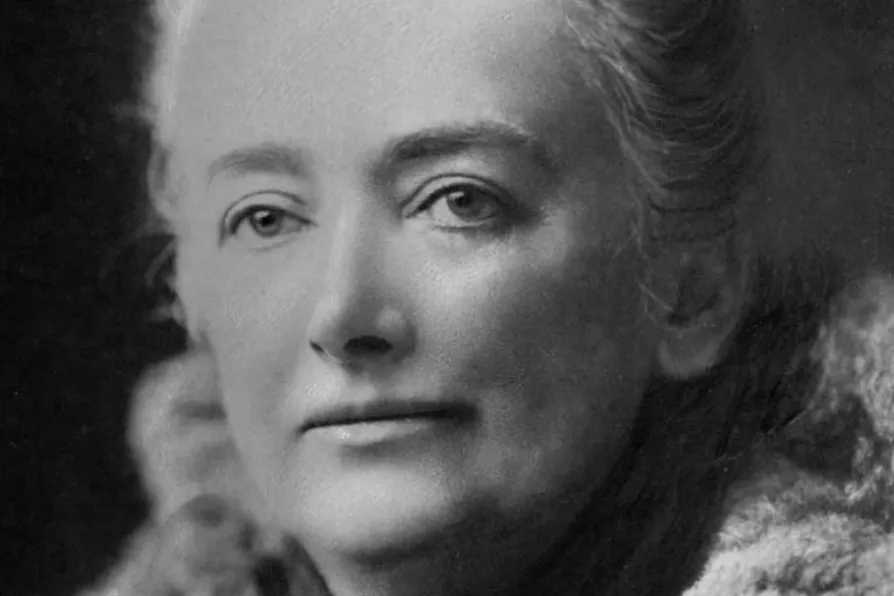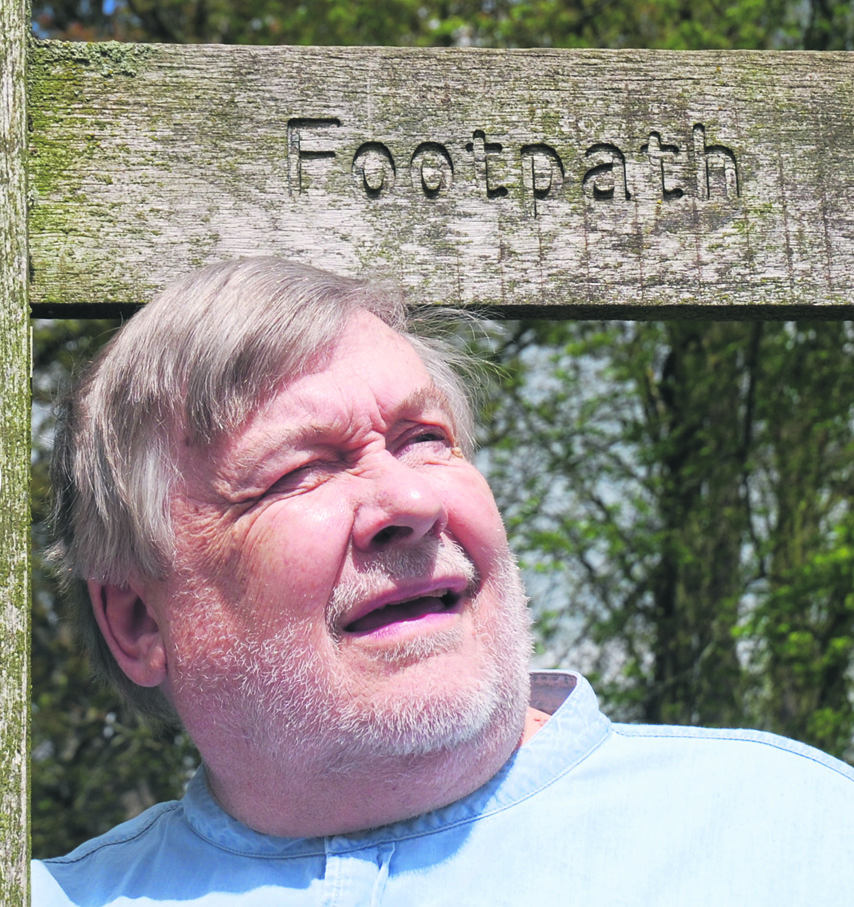Durham Miners’ Association general secretary ALAN MARDGHUM speaks to Ben Chacko ahead of Gala Day 2025

 Amelia Edwards
Amelia Edwards
AMELIA B EDWARDS was a Victorian English writer of the Arthur Conan Doyle School. Like Conan Doyle — who didn’t think Sherlock Holmes was his best writing — she made her not inconsiderable fortune from the books she didn’t rate as her favourites or her best work.
Perhaps her best-known work was a collection of ghost stories including the famous The Phantom Coach. Her novels included Barbara’s History and Lord Brackenbury.
But it was two travel books including A Thousand Miles up the Nile, and Untrodden Peaks and Unfrequented Valleys: A Midsummer Ramble in the Dolomites, both written and illustrated by her, that were her proudest works.
Edwards was born in London to an Irish mother and a father who had been a British army officer before becoming a banker.
Home educated by her mother, she was already showing considerable promise as a writer at a very young age. She published her first poem at age seven, her first story at age 12.
She had work published in a large number of magazines including Chamber’s Journal and Charles Dickens’s Household Words, as well as the Saturday Review and the Morning Post.
Her first full-length novel was My Brother’s Wife, published when she was just 25. Her early novels were well received, but it was Barbara's History, a novel about bigamy, that solidly established her reputation as a novelist.
It is hard today to understand just how popular she was. Her last novel, Lord Brackenbury, for instance, ran to no less than 15 editions.
The wealth these books brought her allowed her to write about what really interested her — travel and particularly Egyptology.
In the winter of 1873-4, accompanied by several friends, she toured Egypt, discovering a fascination with the land and its cultures, both ancient and modern.
She hired a dahabiyeh — a houseboat with a huge sail and an Egyptian crew. At this time Egypt and its many ancient sites had become a popular tourist destination with the well-to-do from England, Germany and other parts of Europe.
These tourists were often keen amateur archaeologists and they fell into two distinct camps. There were those who thought that all the best artefacts and works of art should be shipped home to the huge museums of Bloomsbury and many rival city museums of Germany or, even worse, into private collections.
Others took the view that the art should be left where it was in Egypt. Edwards sided with this view. A keen artist, she mostly sketched rather than collected what she saw.
She and her friends visited Cairo, Philae and ultimately reached Abu Simbel. Edwards’s description of her Nile voyage, A Thousand Miles up the Nile, was the outcome of this trip. The book was illustrated by beautiful and accurate wood engravings taken from her hand-drawn sketches. It became an immediate bestseller.
The book led, in 1882, to her co-founding the Egypt Exploration Fund, which still exists today as the Egypt Exploration Society.
Edwards’s travels in Egypt had made her aware of the increasing threats directed towards the ancient monuments by tourism and modern development.
Determined to stem these threats by the force of public awareness and scientific endeavour, Edwards became a tireless public advocate for the research and preservation of the ancient monuments.
She worked closely and supported the English archaeologist and Egyptologist Flinders Petrie. He became the first Edwards Professor of Egyptian Archaeology and Philology at University College London, taking the chair that was set up and funded in 1892 by a bequest shortly after her death.
She had instructed that Petrie should be its first incumbent. He continued to excavate in Egypt after taking up the professorship, training many of the best archaeologists of the day.
One of his students was Howard Carter, who went on to discover the tomb of Tutankhamun.
With the aim of advancing the fund’s work, Edwards largely abandoned her other literary work to concentrate on Egyptology. She wrote the Encyclopaedia Britannica entry on Egyptology.
As part of her efforts, Edwards embarked on an ambitious lecture tour of the United States in the period 1889-90. The content of these lectures was later published as Pharaohs, Fellahs and Explorers.
As well as writing ghost stories and travel books, Amelia seems to have made no secret of her unconventional sexual orientation. Some modern biographers have tried to hide this aspect of her life but Edwards never did.
Her friend, the author and critic John Addington Symonds, told Henry Havelock Ellis that she made no secret of her lesbian lifestyle.
Havelock Ellis was in 1897 co-author of the first medical textbook in English on homosexuality and he also published works on a variety of sexual orientations and inclinations.
She told both Symonds and Ellis she had formed a menage a trois with an English woman and her clergyman husband. Symonds said she told him that one day the husband had married Edwards to his wife at the altar of his church.
This unconventional bisexual couple were almost certainly John Rice Byrne and Ellen Byrne who the 1871 census shows as living at 7 Cambridge Park, Bristol. He was a clergyman and school inspector. When they moved away from Bristol, Edwards told Symonds it was like a death blow.
Edwards died of influenza on April 15 1892 at Weston-super-Mare. She is buried in the churchyard of St Mary’s Church, Henbury, Bristol, and her grave is marked by a distinctive Egyptian obelisk and stone ankh — the ancient Egyptian symbol of life shaped like a cross with a loop at the top.
Buried beside Edwards is her lifetime companion, partner and lover Ellen Drew Braysher, with whom she shared a home for 30 years. Historic England designated her grave as Grade II listed, celebrating it as a landmark in English LGBT history.
Today many of Edwards’s books, now long out of copyright, can be downloaded free from the internet.



















